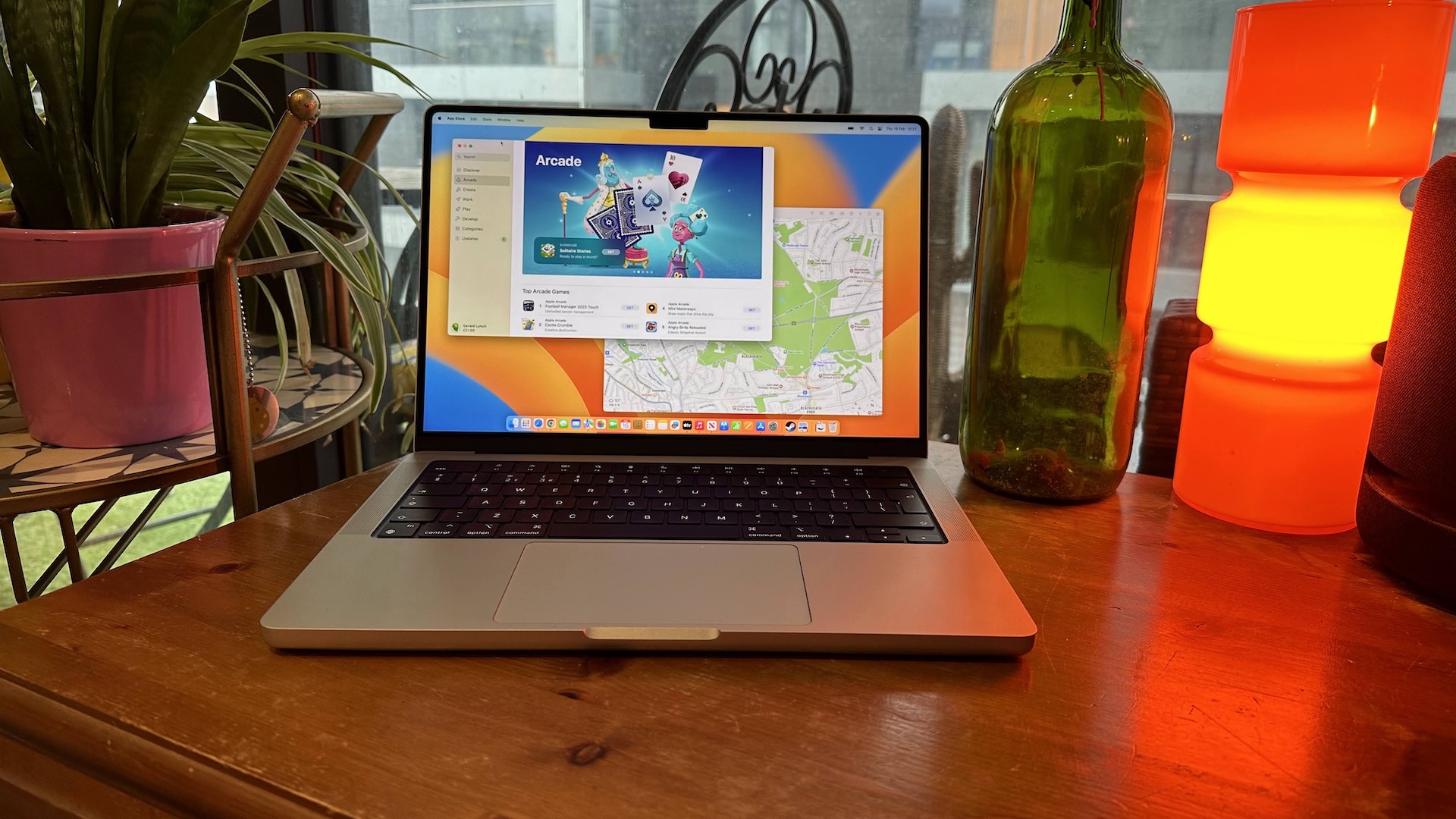Apple's MacBook Pros could get a huge display upgrade, but not for another three years
OLED is coming to the MacBook Pro, we're told.

Apple might have only just refreshed the best portable Macs with the arrival of the M3, M3 Pro, and M3 Max chips but it won't stop there. These too will eventually be replaced by something new, and further down the line that something new will reportedly include OLED displays.
The OLED display is something that's very much in the iPad's future, starting with the M3 iPad Pro next year assuming reports are accurate. But the MacBook Pro is a different beast entirely, with reports now pointing to those machines moving away from the current display technology as soon as 2026.
The technology used in the current 14- and 16-inch MacBook Pros is of the mini-LED variety with Apple marketing the displays as Liquid Retina XDR. That doesn't mean all that much in reality, but these displays are among the best Apple has used which makes the prospect of OLED all the more exciting.
Liquid Retina XDR and beyond
The prospect of Apple using OLED technology in future MacBook Pros isn't an alien one, but the latest to get involved in the guessing game surrounding the company's future products is Jeff Pu, an analyst with Haitong Intl Tech Research. According to an investor note seen by 9to5Mac, the analyst believes that Apple intends to bring OLED to its 14- and 16-inch MacBook Pros at some point in 2026. He also added further weight to the growing expectation that an 11- and 12.9-inch iPad Pro refresh with OLED technology is in the cards for 2024.
Those iPads won't be the first Apple devices to sport OLED displays, of course. Apple has been using the technology in iPhones for years, including the latest iPhone 15 and iPhone 15 Pro. The Apple Watch also has an OLED display, including the 2023 models like the Apple Watch Series 9 and Apple Watch Ultra 2.
While it's true that the Liquid Retina XDR displays Apple already crams into its high-end laptops are among the best around, there are still benefits to be had if it moves away from mini-LED in favor of OLED. Those benefits include deeper blacks which means for better contrast, while colors should also be more vivid as well. There's also the possibility of thinner displays which in turn could also mean for thinner and lighter laptops, although how much difference it would really make remains to be seen. Of all of the components that go into a 16-inch MacBook Pro, the display is far from the heaviest.
It isn't all upside, though
That isn't to say that there aren't negatives to moving to an OLED technology when building laptop displays. As we've seen with other OLED displays, burn-in can be a real problem. Otherwise known as image retention, the phenomenon sees some on-screen components appear permanently even when the display is turned off. That's caused by static images being displayed for too long, although Apple seems to have largely mitigated that issue on the Apple Watch and iPhone. Given that, it seems unlikely to be an issue on the MacBook Pro or indeed the iPad Pro.
iMore offers spot-on advice and guidance from our team of experts, with decades of Apple device experience to lean on. Learn more with iMore!
All things considered, OLED would surely be an upgrade for the MacBook Pro and we'll get a sneak peek at what to expect once next year's iPad Pros arrive. As for other OLED products, a recent leak claimed to share Apple's OLED roadmap over the coming years including MacBook Airs, a foldable laptop of sorts, and even a 42-inch iMac. I'm not convinced about that one in particular, but time will tell whether my cynicism was warranted there.

Oliver Haslam has written about Apple and the wider technology business for more than a decade with bylines on How-To Geek, PC Mag, iDownloadBlog, and many more. He has also been published in print for Macworld, including cover stories. At iMore, Oliver is involved in daily news coverage and, not being short of opinions, has been known to 'explain' those thoughts in more detail, too.
Having grown up using PCs and spending far too much money on graphics card and flashy RAM, Oliver switched to the Mac with a G5 iMac and hasn't looked back. Since then he's seen the growth of the smartphone world, backed by iPhone, and new product categories come and go. Current expertise includes iOS, macOS, streaming services, and pretty much anything that has a battery or plugs into a wall. Oliver also covers mobile gaming for iMore, with Apple Arcade a particular focus. He's been gaming since the Atari 2600 days and still struggles to comprehend the fact he can play console quality titles on his pocket computer.
